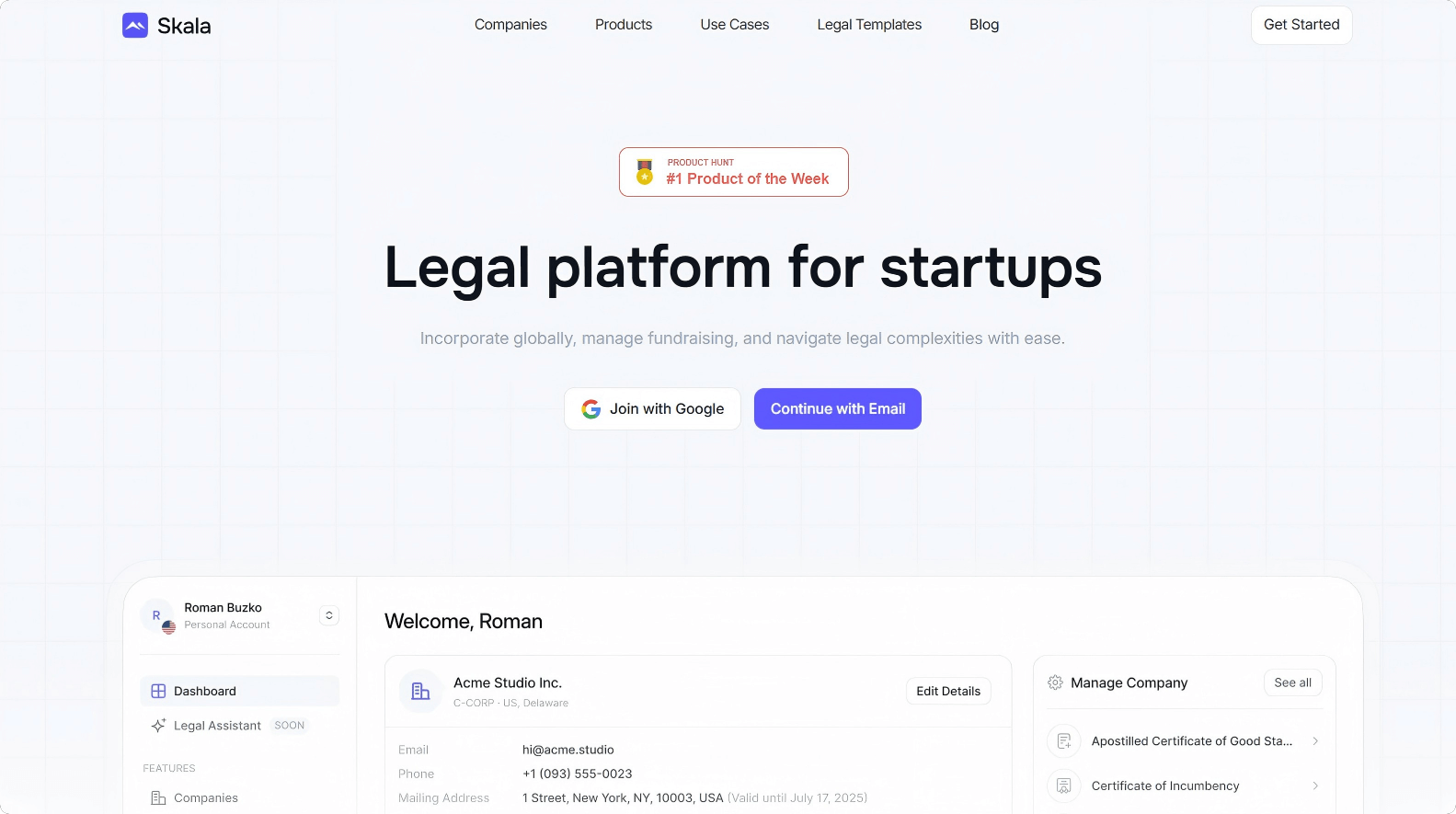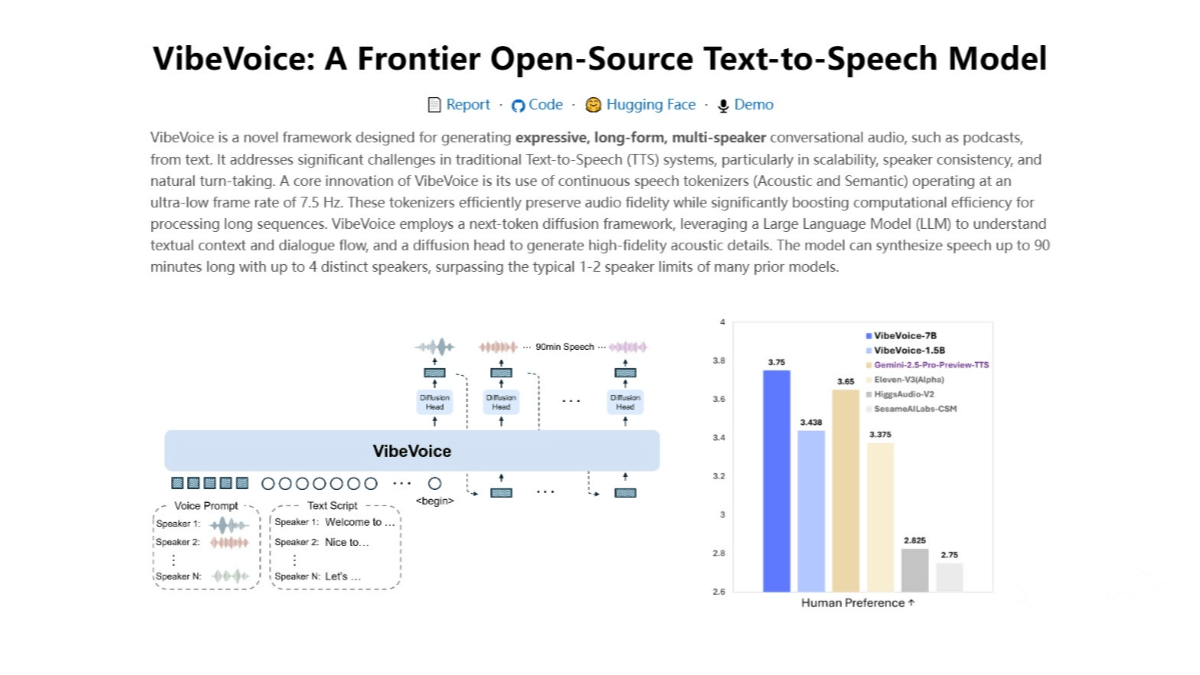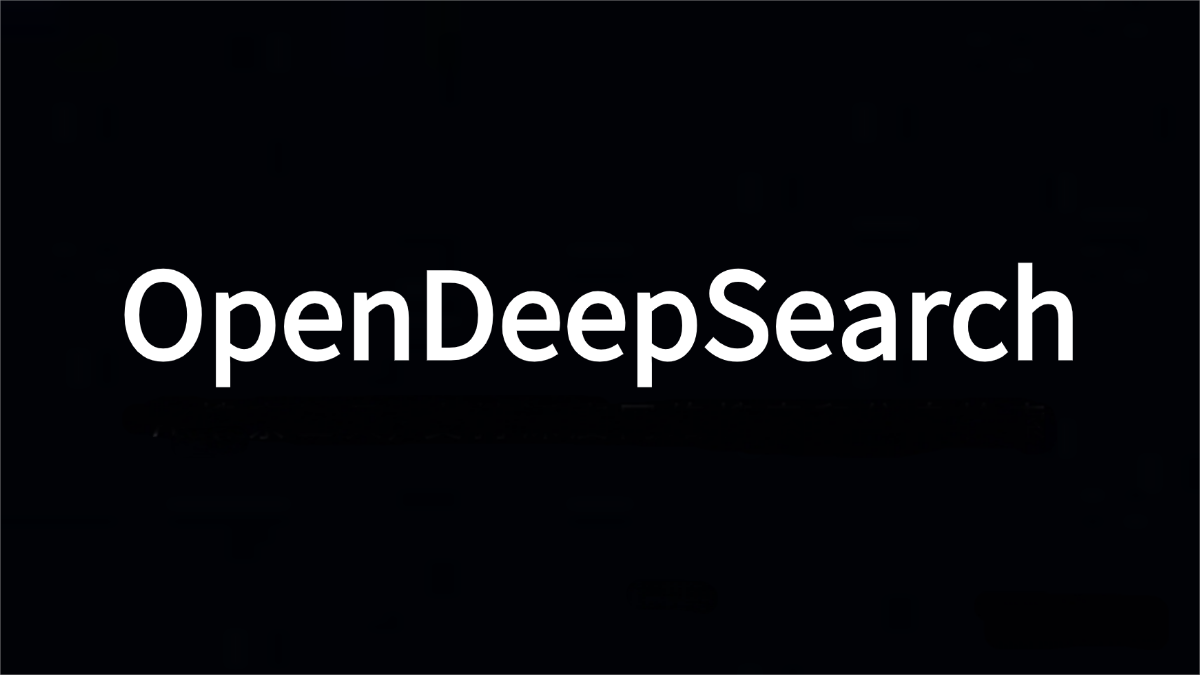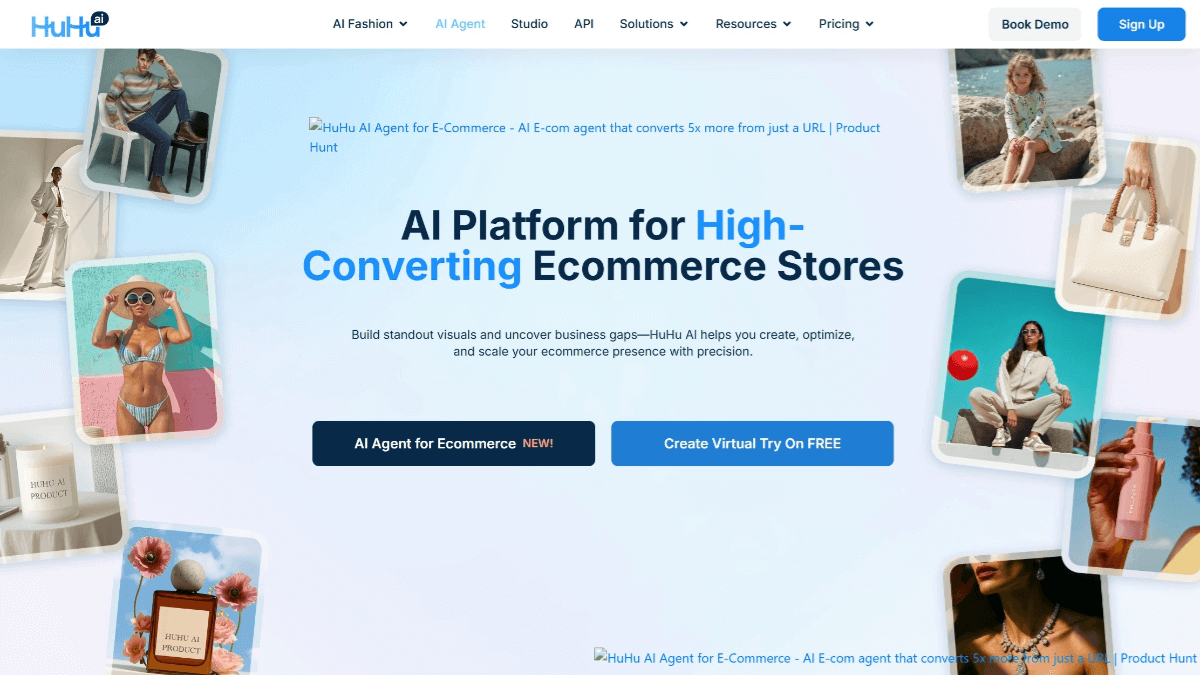What is Skala.io?
Skala.io is a cloud-based intelligent data management and analytics platform designed to help enterprises efficiently integrate, manage, and gain insights from multiple data sources. Through automated data collection, cleansing, and smart analysis, it empowers business teams to quickly obtain data-driven decision support, driving digital transformation and upgrading enterprise operations.

Key Features of Skala.io
-
Real-time Product Analytics: Track how users interact with your product in real time, and measure key PLG metrics like activation, retention, and expansion.
-
Behavioral Cohorting: Group users based on their product behavior, usage patterns, or lifecycle stage to better target interventions.
-
In-Product Experiences: Launch experiments, guides, nudges, or personalized onboarding flows directly within the product interface.
-
No-Code Experimentation: Enable growth and product teams to run A/B tests and feature iterations without writing a single line of code.
-
Unified Customer View: Get a 360° understanding of user journeys by syncing data from product analytics, CRM, and support systems.
-
Conversion Funnels & Drop-off Analysis: Identify where users get stuck and what drives upgrades or churn.
Technical Principles
1. Actor-Based Execution Model
The system is built upon an asynchronous Actor-based execution framework, enabling high-concurrency processing and resource isolation. Each actor operates independently, processing messages concurrently without shared state, which enhances scalability and fault tolerance.
2. Workflow as Directed Acyclic Graph (DAG)
Tasks are structured using a Directed Acyclic Graph (DAG), ensuring that execution paths are clear, traceable, and scalable. This approach allows for efficient parallel execution and simplifies the management of complex workflows.
3. Modular Architecture
The system’s components, such as Memory, Planner, and Tool, are designed to be interchangeable and combinable, supporting a plugin-based development model. This modularity facilitates customization and extension of the system’s capabilities.
4. Cross-Model Invocation and Context Management
The system automatically manages context windows and dynamically switches between different models to complete subtasks. This capability enhances task completion rates and efficiency by leveraging the strengths of various models as needed.
5. Multi-Language Deployment and Server Scalability
Core modules are developed using multiple programming languages, including Rust, Go, and TypeScript. The system supports cloud-native deployment through Docker and Kubernetes, ensuring scalability and flexibility in various server environments.
Project Website
- Official site: https://www.skala.io/
Application Scenarios
-
SaaS Onboarding Optimization: Create and test personalized onboarding flows to reduce time-to-value for new users.
-
Upgrade Conversion: Understand what product behaviors correlate with plan upgrades and design targeted nudges to boost conversion.
-
User Retention: Detect early churn signals and automatically trigger re-engagement campaigns via in-product prompts.
-
Freemium to Paid Funnel Analysis: Visualize and optimize the journey from free sign-up to paid subscriber.
-
Growth Experimentation at Scale: Empower product and growth teams to independently test hypotheses across features, UI components, or pricing pages.
Related Posts




